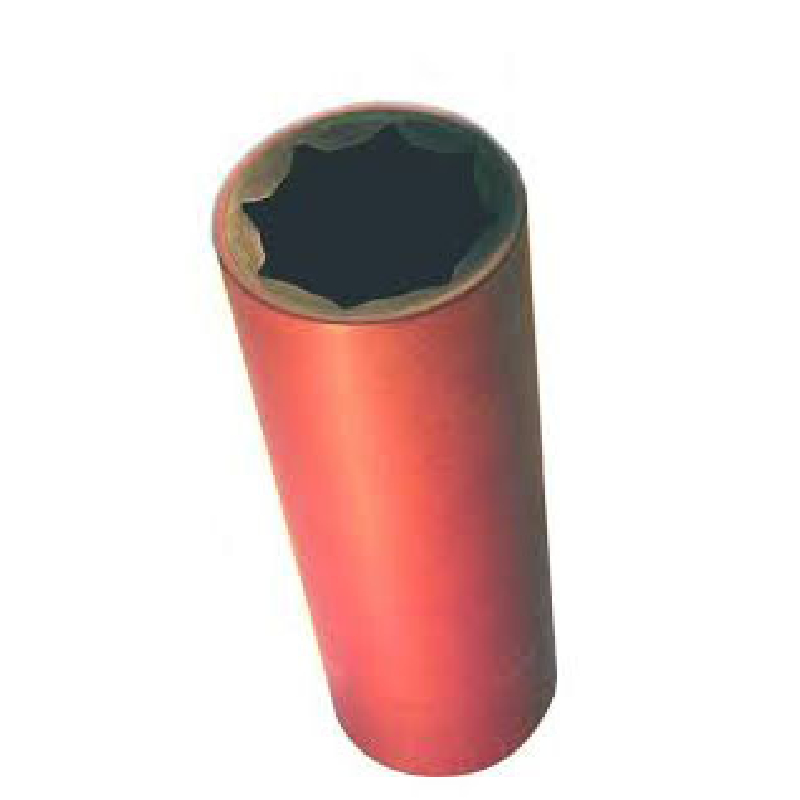Understanding the Costs Associated with O-Rings in Various Applications
Understanding O-Ring Costs Factors and Impact
O-rings, small yet critical components in various mechanical systems, play a vital role in ensuring proper sealing and functionality in industries ranging from automotive to aerospace. While they may seem insignificant, the costs associated with O-rings can have a substantial impact on overall project budgets and operational efficiency. In this article, we will explore the factors influencing O-ring costs and the implications of these costs on businesses.
The Basics of O-Rings
O-rings are circular seals made from elastomeric materials, designed to prevent the leakage of fluids or gases between two surfaces. Their design, while simple, must meet specific criteria to perform effectively in diverse environments. Factors such as temperature, pressure, chemical compatibility, and physical dimensions can all influence the choice of O-ring material and design, consequently affecting their cost.
Factors Influencing O-Ring Costs
1. Material Selection The choice of material is one of the most significant cost drivers. O-rings are made from a variety of materials, including Nitrile, Silicone, Fluoroelastomer, and more specialized compounds. Each material possesses different properties, such as temperature resistance and chemical compatibility, leading to varying price points. For example, Fluoroelastomer O-rings, known for their resistance to extreme temperatures and chemicals, typically cost more than their Nitrile counterparts.
2. Customization and Manufacturing Processes Custom O-rings, tailored to specific applications, often incur higher costs due to specialized molds and production processes. The complexity of the design and the required tolerances can further increase manufacturing expenses. Standard O-rings, on the other hand, are more cost-effective because they can be produced in bulk with existing molds.
3. Size and Dimensions The size of the O-ring directly impacts its cost. Larger O-rings require more material and often lead to increased manufacturing complexity, while smaller O-rings may be produced using efficient automated processes. It's essential for businesses to balance the required size with budget constraints during the design phase.
o ring cost

4. Batch Quantity and Supplier Relationships Ordering O-rings in larger quantities can lead to significant cost savings per unit. Establishing long-term relationships with reliable suppliers can also result in better pricing and priority in production schedules, benefiting businesses that rely on consistent O-ring supply.
5. Quality and Certification Standards O-rings used in critical applications, particularly in the aerospace and medical fields, must often adhere to stringent quality standards and certifications. This requirement may drive up costs due to the rigorous testing and validation processes needed to ensure compliance.
Impact of O-Ring Costs on Businesses
Understanding and managing O-ring costs is crucial for businesses aiming to optimize their operations. Excessive spending on O-rings can lead to inflated project budgets, impacting profitability. Conversely, opting for lower-cost options without proper consideration can result in failures and costly downtime due to leaks or component failure.
Effective cost management involves evaluating the total cost of ownership, which includes not just the purchase price but also installation, maintenance, and potential downtimes. Companies should conduct a thorough analysis to determine the best balance between cost and reliability, ensuring they select O-rings that meet their operational needs without compromising quality.
Conclusion
O-ring costs are influenced by various factors, including material choice, customization, size, batch quantities, and quality standards. For businesses, a deeper understanding of these factors is essential to effectively manage costs while maintaining product reliability and safety. By optimizing O-ring selection and procurement processes, companies can achieve significant long-term savings and ensure the success of their operations. As industries continue to evolve, the demand for high-quality and cost-effective O-rings remains crucial in driving innovation and efficiency across various sectors.
-
Understanding the Front Main Engine Seal: Purpose, Maintenance, and Installation
News Jul.29,2025
-
Understanding O-Rings and Seal Rings: Types, Applications, and Custom Solutions
News Jul.29,2025
-
Understanding Crankshaft Oil Seals: Rear Seals, Pulley Seals, and Their Role in Engine Integrity
News Jul.29,2025
-
The Importance of Front and Rear Crankshaft Seals in Engine Performance and Oil Management
News Jul.29,2025
-
Crank Oil Seals: Functions, Types, and Cost Considerations in Engine Maintenance
News Jul.29,2025
-
A Comprehensive Guide to O-Rings and Seals: Types, Materials, and Global Applications
News Jul.29,2025
-
Mastering Diesel and Performance Engine Maintenance: A Guide to Critical Oil Gaskets
News Jul.28,2025
Products categories















